Geography
- Geography
- Land Area
- Territorial Jurisdiction and Political Subdivision
- Slope and Topography
- Land Classification
- Soil Type and Suitability
- Water Resources
- Mineral Resources
- Man-made and natural risk areas
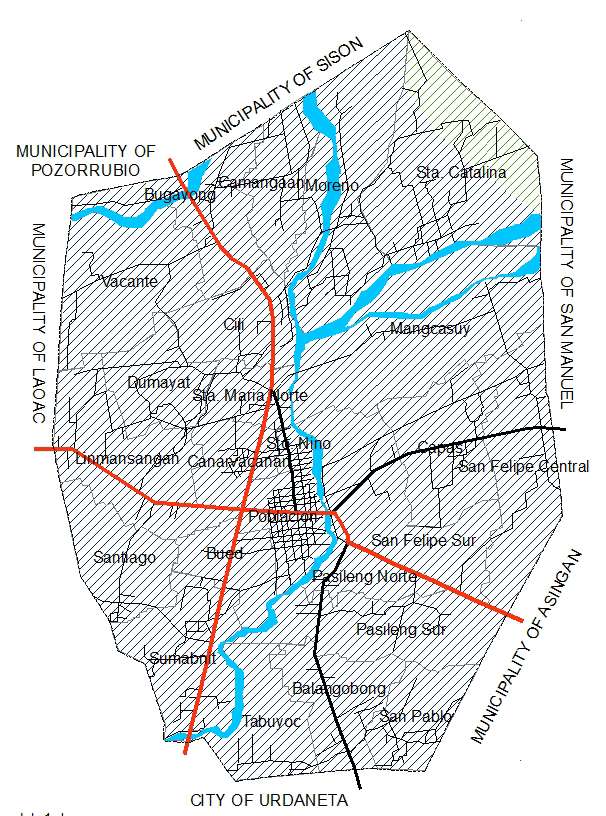
Binalonan is located in the eastern part of the Province of Pangasinan. It is bounded on the north by the Municipalities of Pozorrubio and Sison; on the south by the City Urdaneta; on the east by the Municipalities of San Manuel and Asingan; and on the west by the Municipality of Laoac.
According to the data of DENR Dagupan, 1995, Binalonan only had a land area of 4,020 hectares, which constituted about 0.75 percent of Pangasinan’s 536,818 hectares of land. However, as of the 2011 computation of Internal Revenue Allotment (IRA), DENR considered a total land area of 4,757 hectares for the Municipality of Binalonan.
On the other hand, as reflected on the official record of the Municipality of Binalonan, the total land area of the town is 8,400.00 hectares, viz:
| Name of Barangay | Area (HAS.) | Bgy. Chairperson (as of 2019) |
| Balangobong | 281.40 | Jesus Gabriel N. Bufete |
| Bued | 210.84 | Ramil P. Mina |
| Bugayong | 346.08 | William U. Aradanas |
| Camanggaan | 244.44 | Nandy S. Manzano |
| Canarvacanan | 175.56 | Ferdinand S. Cabida |
| Capas | 377.16 | Fulgencio A. Castada, Jr. |
| Cili | 264.60 | Reynaldo O. Godoy |
| Dumayat | 266.28 | Rodelito R. Alibuyog |
| Linmansangan | 492.24 | Renato E. Legaspi |
| Mangcasuy | 802.20 | Danilo B. Subido, Sr. |
| Moreno | 641.76 | Roger A. Manuel |
| Pasileng Norte | 140.28 | Reynaldo P. Calderon |
| Pasileng Sur | 414.96 | Noli O. Orcajo |
| Poblacion | 201.60 | Juan Z. Delos Santos |
| San Felipe Central | 452.76 | Teodoro M. Bautista |
| San Felipe Sur | 504.00 | Prudencio A. Esquillo |
| San Pablo | 215.04 | Lloyd B. Nero |
| Santiago | 283.08 | Alfredo Q. Delos Reyes, Jr. |
| Sta. Catalina | 709.80 | Rogelio M. Magday |
| Sta. Maria Norte | 157.08 | Melanio B. Cariaso |
| Sto. Niño | 50.40 | Spassky P. Cabida |
| Sumabnit | 406.56 | Liberson O. Gajotan |
| Tabuyoc | 277.20 | Domingo R. Rivera |
| Vacante | 484.68 | Arsenio O. Sapasap |
| Total | 8,400.00 |
Data Source: Offices of the Municipal Assessor and MPDC
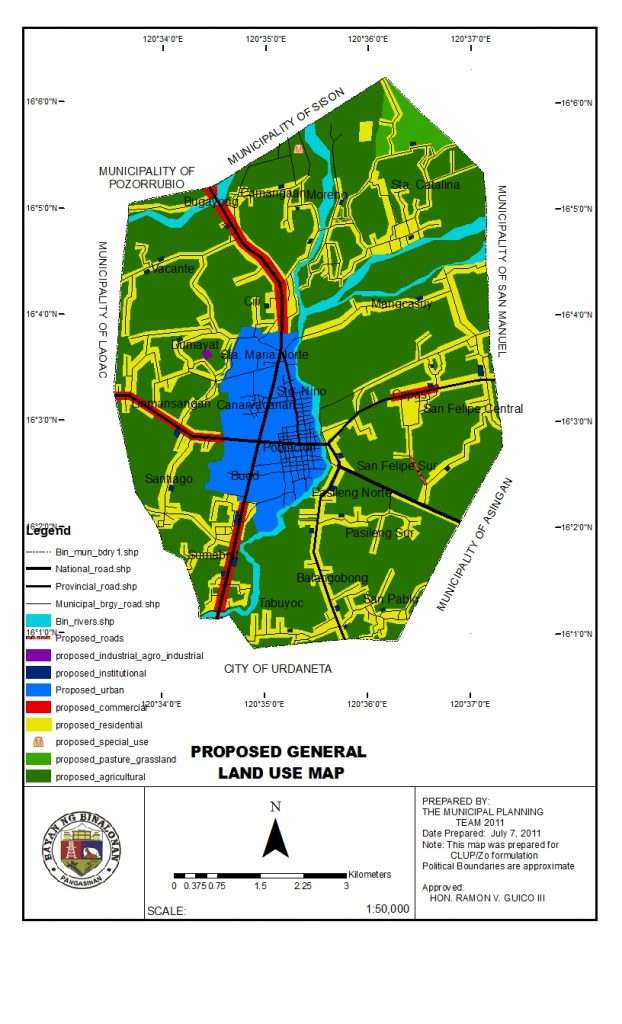
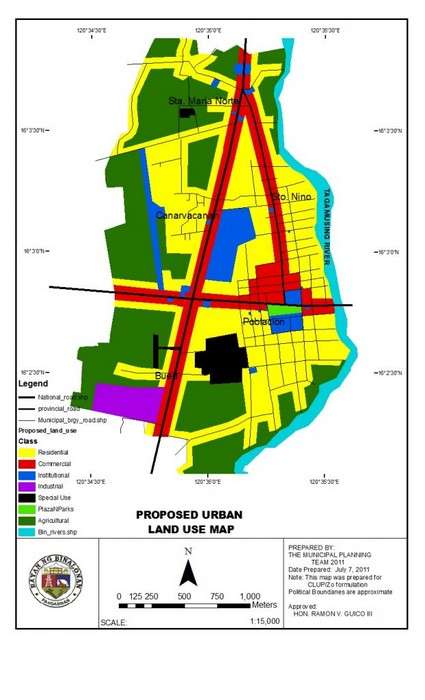
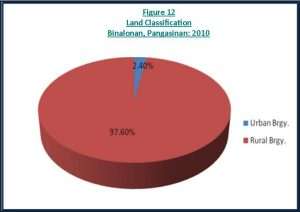
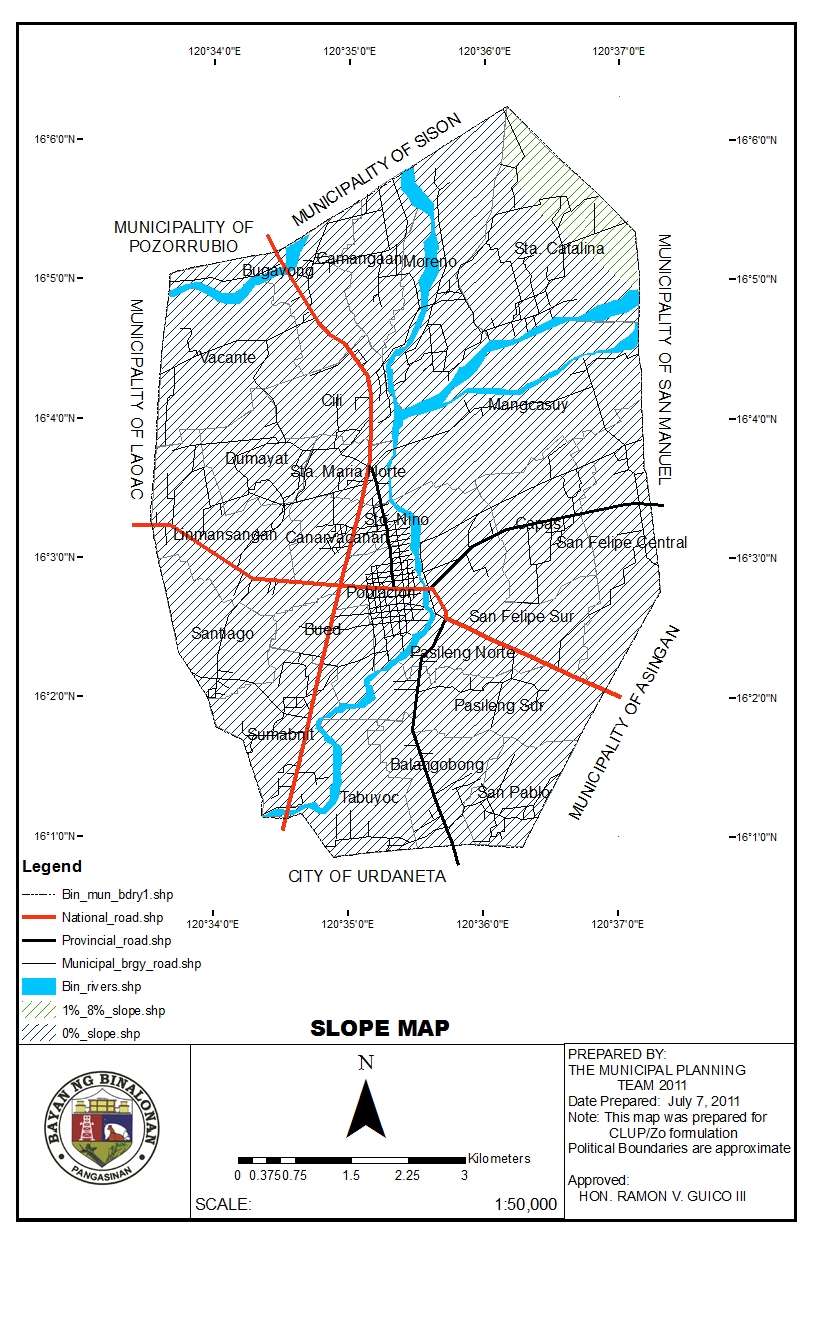
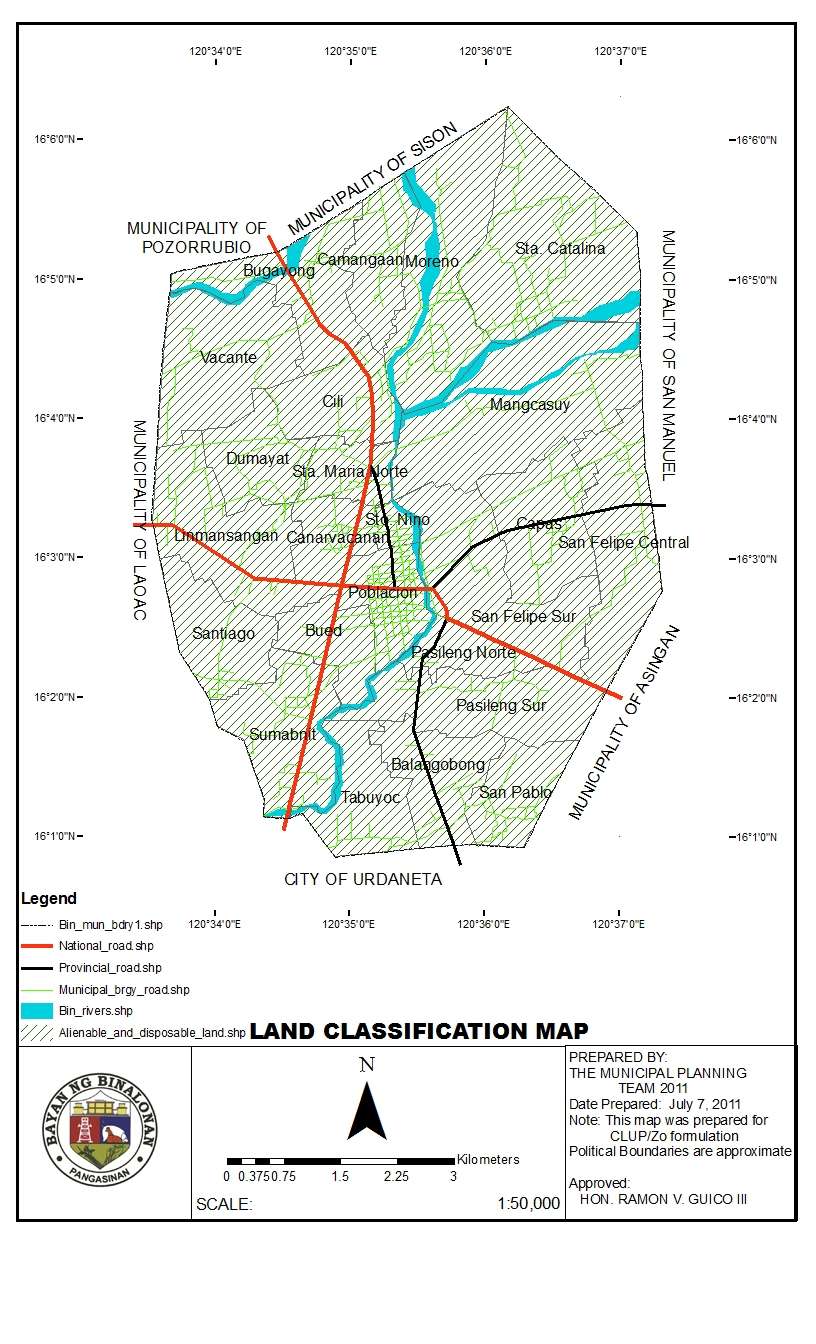
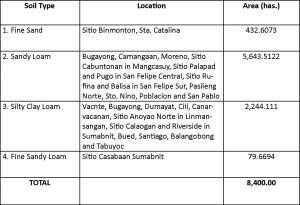
Climate
Binalonian is usually rainy during the months of June through October, peaking on August. It is the best time to enjoy its freshly cooked longganisa. It is sunny for the rest of the year and the warmest recorded temperature is in April. During the sunnier months, one must try the broiled corn of Binalonan. We are not a National Hall of Famer in Corn Production for no reason!
Seasons
Dry – November to April
Wet – May to October
Average Annual Rainfall (mm.) – 214.01
Average Monthly Temperature (Celsius) – 27.8C
Demographics

(Source: Philippine Statistics Authority, 2015 Census of Population)
According to the 2015 Census of Population, as of August 01, 2015, there are 54,555 residents in the municipality of Binalonan. In addition, the total number of households is at 12,849, with the average household size being 4.2.
In terms of total population by sex, the male population that is 27,171 in numbers is outnumbered by a small margin of the female population that is at 27,384.
